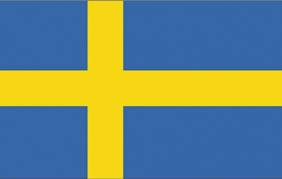 |
| Chicago looks at the world of linking © mikeyexists |
This case was between MyVidster, a social video
bookmarking site, and Flava Works which is a porn production company. MyVidster
embedded infringing videos of Flava Works' content from third party websites,
and this was found by the US Seventh Circuit Court of Appeals not to be
infringing. In so ruling, Judge Richard Posner overturned a preliminary
injunction from 2011.
This is an interesting case because unlike the Canadian
decision which said that linking to a legally uploaded work is permissible,
here the Courts have said that linking to copyright-infringing works is ok too.
According to the judge, because MyVidster did not touch the data stream it did
not host the infringing video; it merely linked to versions of the video hosted
elsewhere on the internet. Further he said that MyVidster was not encouraging
swapping, which in turn encourages infringement.
The Court used the logic that MyVidster is giving addresses
to internet users enabling them to find entertainment, which (the Court says)
is analogous to the New Yorker listing plays and giving the name and address of
the theaters where they are being performed. In doing so the New Yorker is not
performing the plays and is not "transmitting or communicating" them.
Posner said "To call the provision
of contact information transmission or communication and thus make myVidster a
direct infringer would blur the distinction between direct and contributory infringement
and by doing so make the provider of such information an infringer even if he didn’t
know that the work to which he was directing a visitor to his website was
copyrighted."














